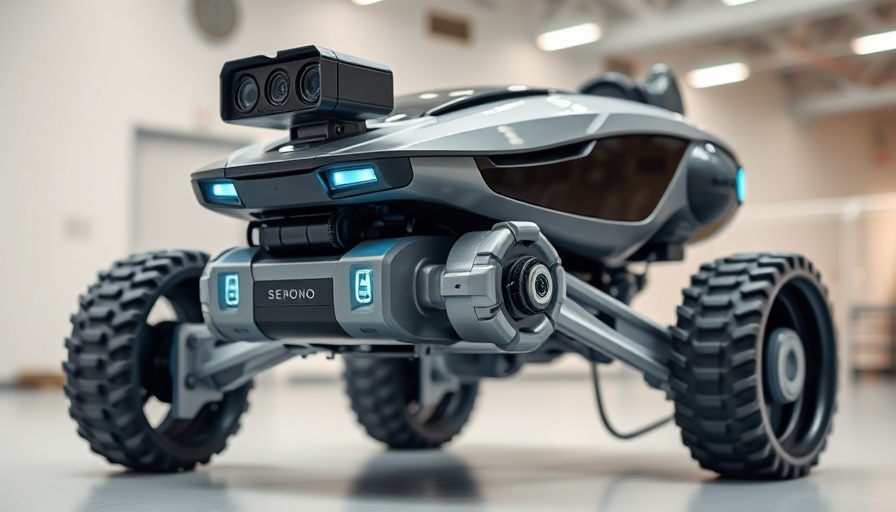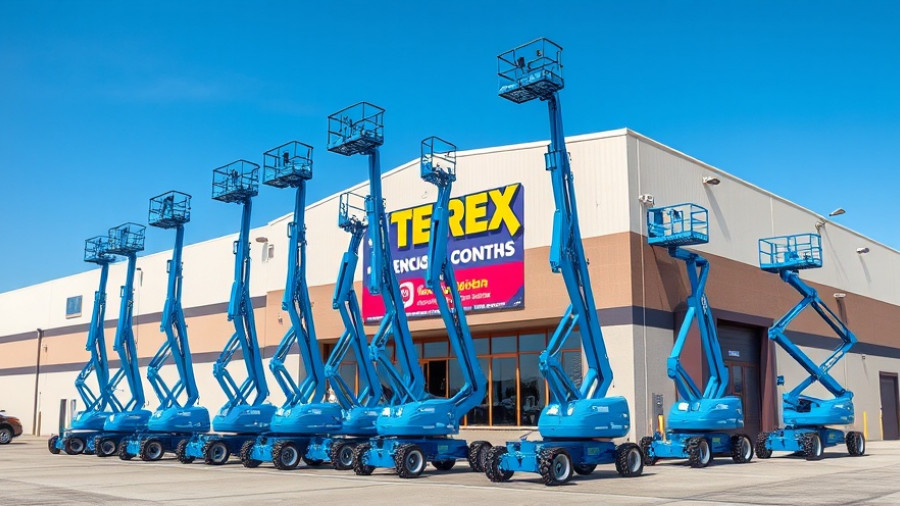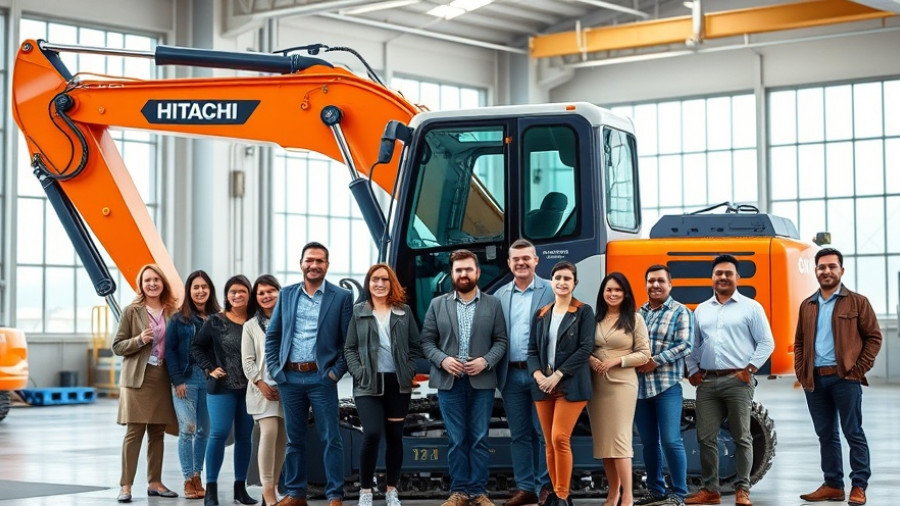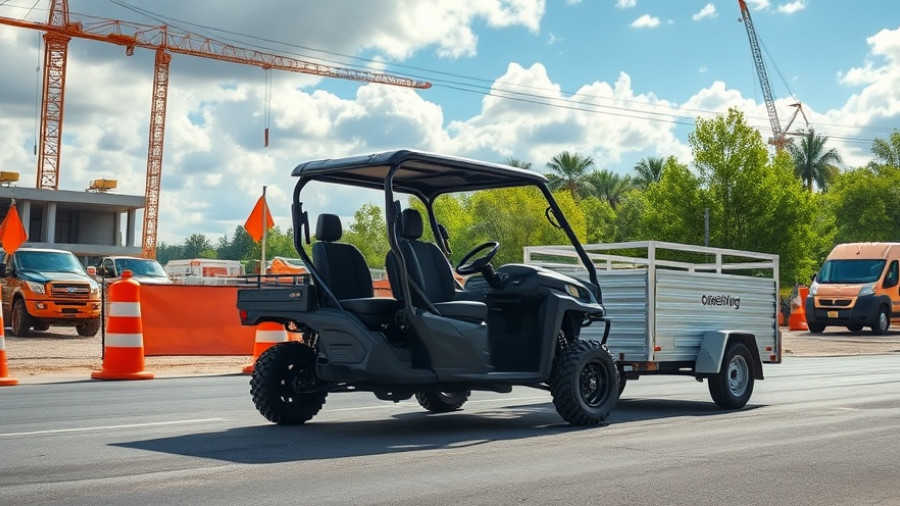
Revolutionizing Construction Sites with Bedrock Robotics
In an exciting development for the construction technology landscape, Bedrock Robotics has recently announced $80 million in funding to advance its innovative autonomous equipment solutions. Founded by a team of former leaders from Waymo, the company aims to improve efficiency and safety on construction sites through their groundbreaking Bedrock Operator platform. This initiative underscores a growing trend in the construction industry towards incorporating advanced technology to accelerate project timelines and enhance overall productivity.
How the Bedrock Operator Works
The Bedrock Operator technology fundamentally transforms heavy machinery, enabling excavators to operate autonomously. This system is designed for easy integration, requiring no permanent modifications to existing equipment. The installation process is efficient, taking just a few hours, which minimizes downtime for contractors.
The technology features a square rack that mounts atop the machine, equipped with state-of-the-art sensors including LiDAR, GPS, and eight high-definition cameras. This range of sensors supports real-time data processing to enhance operational precision. According to Bedrock Robotics, this capability allows these machines to function 24/7, significantly maximizing productivity while ensuring consistent safety measures on-site.
Collaboration with Industry Leaders
Bedrock Robotics isn’t going at it alone; they are collaborating with respected contractors such as Sundt Construction, Zachry Construction, Champion Site Prep, and Capital Aggregates. These partnerships not only validate the technology but also facilitate practical testing across varied environments and applications. By actively engaging with contractors, Bedrock is ensuring that their technology is tailored to meet the real-world demands of construction projects.
Leadership Team Driving Innovation
The leadership team at Bedrock Robotics is notable for its depth of experience. Boris Sofman, the co-founder and CEO, brings expertise from his tenure at Waymo where he led advancements in self-driving trucks. Alongside him are Tom Eliaz and Ajay Gummalla, also former Waymo engineers, who are applying their extensive backgrounds in customer data and systems programming to enhance Bedrock’s technology. Their blend of expertise suggests a capable team poised to navigate the intricacies of the construction industry with innovative solutions.
The Future of Autonomous Construction Equipment
The trajectory for Bedrock Robotics points towards a significant shift in how construction sites operate. With rising labor costs and increasing demands for efficiency, the adoption of autonomous equipment could represent a crucial leap forward for construction firms looking to maintain competitiveness. As they plan to roll out their technology fully by 2026, Bedrock is likely positioned to lead this transformation, highlighting the importance of innovation in a traditionally conservative industry.
Why This Matters to Business Owners and Developers
Business owners, property developers, and facility managers must stay attuned to advancements in construction technology, such as the Bedrock Operator. Incorporating autonomous machinery can mean reduced labor costs, increased safety, and improved project turnaround times. As the construction industry moves towards technological integration, early adopters of such innovations may reap substantial competitive advantages.
In conclusion, the advancement of autonomous construction technology like that from Bedrock Robotics highlights a crucial transformation in the industry. For businesses aiming for growth and efficiency, now is the time to assess how embracing technology can reshape operational strategies and redefine success in the construction sector.
 Add Row
Add Row  Add
Add 




Write A Comment